Gochujang chili paste is one of my favourite cooking ingredients. In this guide, I cover all the basics: what it is, taste profile, how to make it, substitutes and what recipes to use this spicy Korean condiment.
Jump to: ℹ️ What is it? | 👅 Taste Profile | 🛒Where To Buy It | 📝 Nutrition Notes | 🌶 Substitutes | 🍗 How To Use | 👩🍳 Gochujang Sauce Recipe |
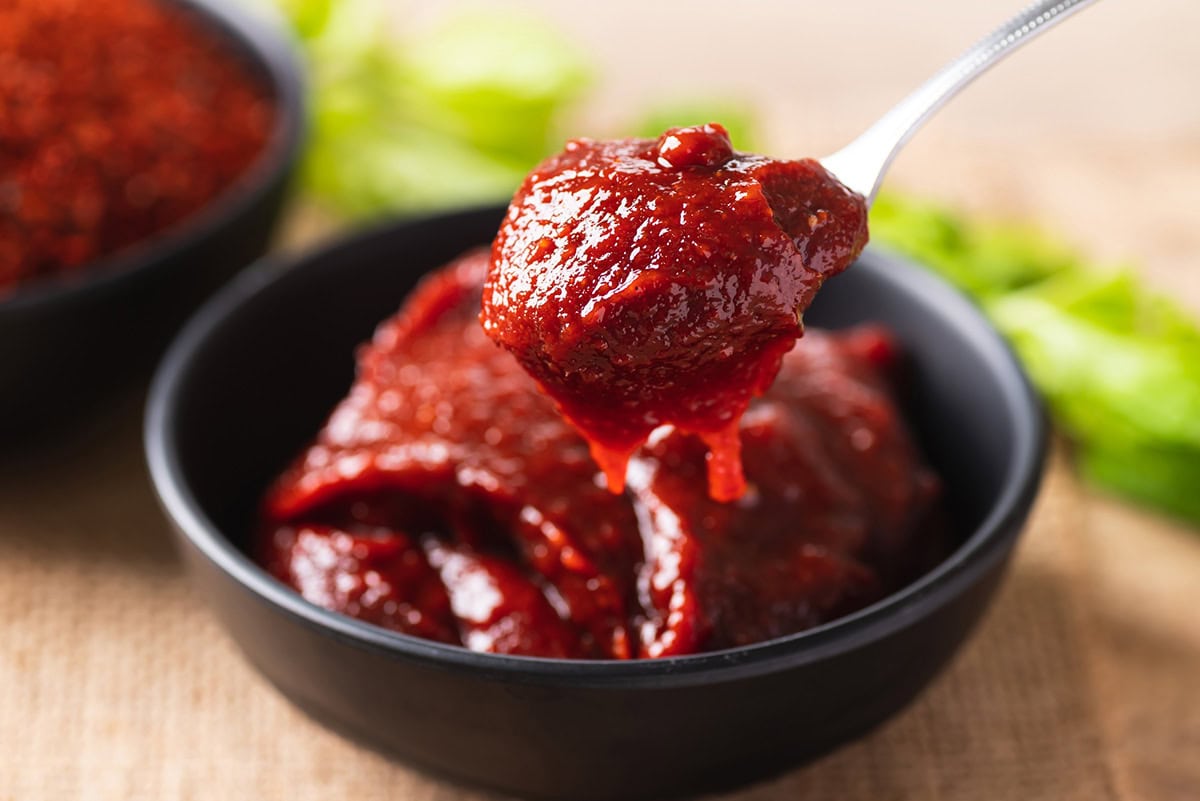
What is Gochujang?
Gochujang is a fermented chili paste from Korea. It’s made from red chili powder, glutinous rice, fermented soybeans, and salt. It’s known for its rich texture and spicy, slightly sweet flavour profile. It’s a culinary staple condiment in Korean cuisine, adding depth and complexity to bibimbap rice, tteokbokki (spicy rice cakes), and bulgogi. It’s also used as a marinade, dipping sauce, or as a base for soups and stews. And of course, we can’t forget about kimchi!
Like many pastes with culinary uses such as tomato paste or miso paste, Gochujang packs concentrated flavour into a small dose. Like its counterparts, bold flavour is promised. It can be used in similar ways as the base of a dish. It particularly stands out when combined with other ingredients, and it’s not typically used as a finishing sauce or a dip.
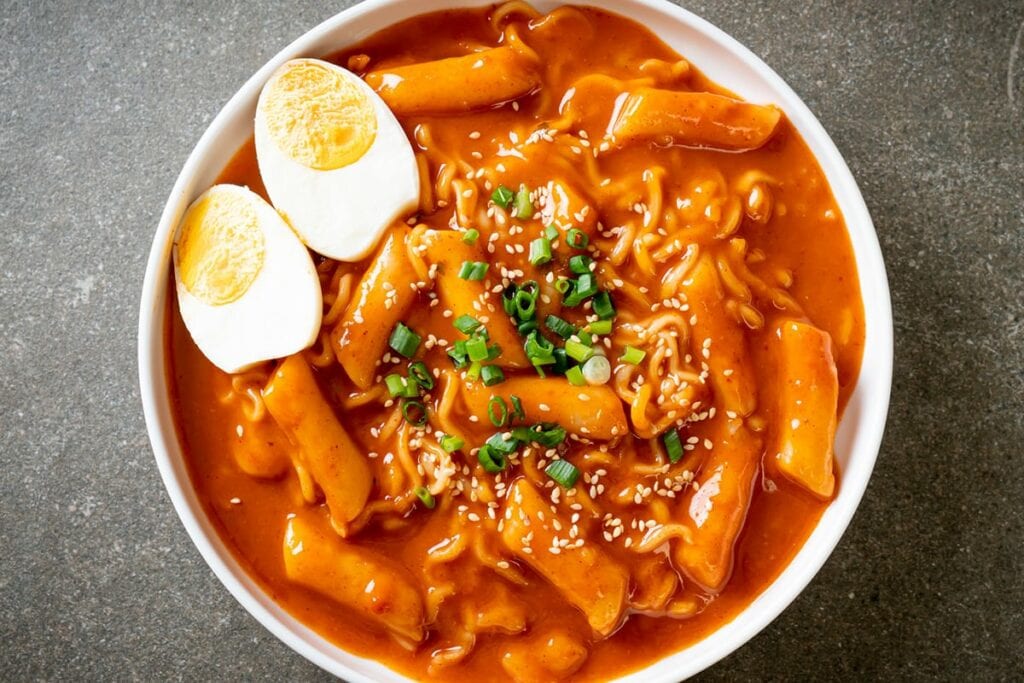
What Does Gochujang Taste Like?
Gochujang is a complex ingredient with an equally complex flavour profile. It’s sweet, savoury, and spicy notes. Its base of fermented soybeans and glutinous rice provides a deep, earthy undertone with that umami richness you’re accustomed to finding in most Asian cuisines. Gochujang is distinct and unique, but its taste is comparable to how Sriracha mixed with miso paste might taste.
Where To Buy Gochujang
Gochujang has grown immensely in popularity during recent years, but it’s been known and loved in Korea since the turn of the 18th century. However, it would be many years before commercial production began around 1970. Even then, you could argue that gochujang is just now having its moment in the mainstream.
Only in the past few years has gochujang shown up on nearly every grocery store shelf next to stir-fry sauce, Sriracha, and sesame oil. Look for it in a tub like you would miso paste. I’ve also seen it in tubes before. There are many more varieties, sizes, and brands at Asian grocery stores. It also tends to be much less expensive at specialty markets.
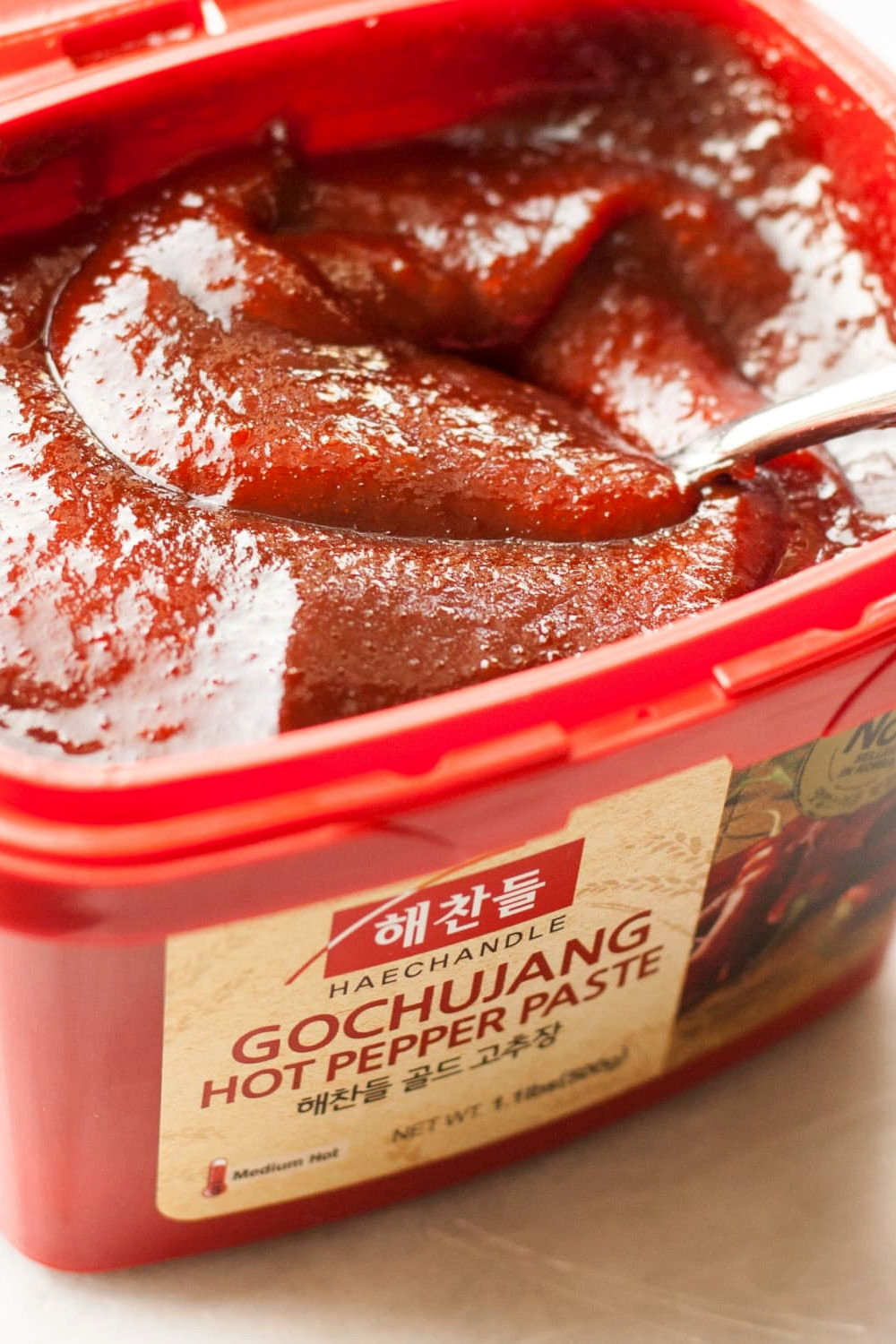
Gochujang Nutrition
Gochujang is generally a healthy, low-calorie condiment. It may contain more or less added sugar depending on the brand. Some brands may also use barley even though the traditional recipe uses rice, which means that product may have gluten.
Gochujang nutritional information:
Per 2 tablespoons (30 grams) of gochujang:
- Calories: 40
- Total Fat: 0.5 grams
- Sodium: 820 mg
- Carbohydrates: 8 grams
- Dietary Fiber: 1 gram
- Sugars: 5 grams
- Protein: 1 gram
These values can vary slightly depending on the brand and specific ingredients used in the gochujang.
Gochujang Substitutes
Gochujang can be fairly easily substituted for similar results, especially if you’re using it primarily for the spice and colour. It’s not a simple ingredient though; there’s no denying that the real deal has something special about it.
These are handy combinations when you don’t have gochujang handy.
- Chili garlic paste. This Chinese condiment has a very similar texture to gochujang, and I sometimes use it 1:1 as a substitute in recipes. Mix with some miso or hoisin to add the fermented flavour and thicken the mixture.
- Miso paste and sriracha. Miso brings in that fermented element that you’ll find in gochujang sauce. To finish it off, add a pinch of sugar.
- Hoisin sauce and sriracha. Sriracha stands in for the colour and spice yet again. Hoisin brings in that pleasant “funky” flavour.
- Harissa paste. Harissa is an odd choice because it’s not used in Asian cuisine, but any chili paste could substitute gochujang with the addition of something fermented and/or sweet.
How To Use Gochujang
This versatile gochujang sauce recipe can be used as a marinade for meats, a dipping sauce for dumplings or vegetables, or as a flavourful topping for noodles, rice bowls, and more. In many cases, this thick paste is mixed with other ingredients to create a slightly thinner sauce. Below is a recipe for a delicious sauce you can use on fried or baked chicken wings or tofu.
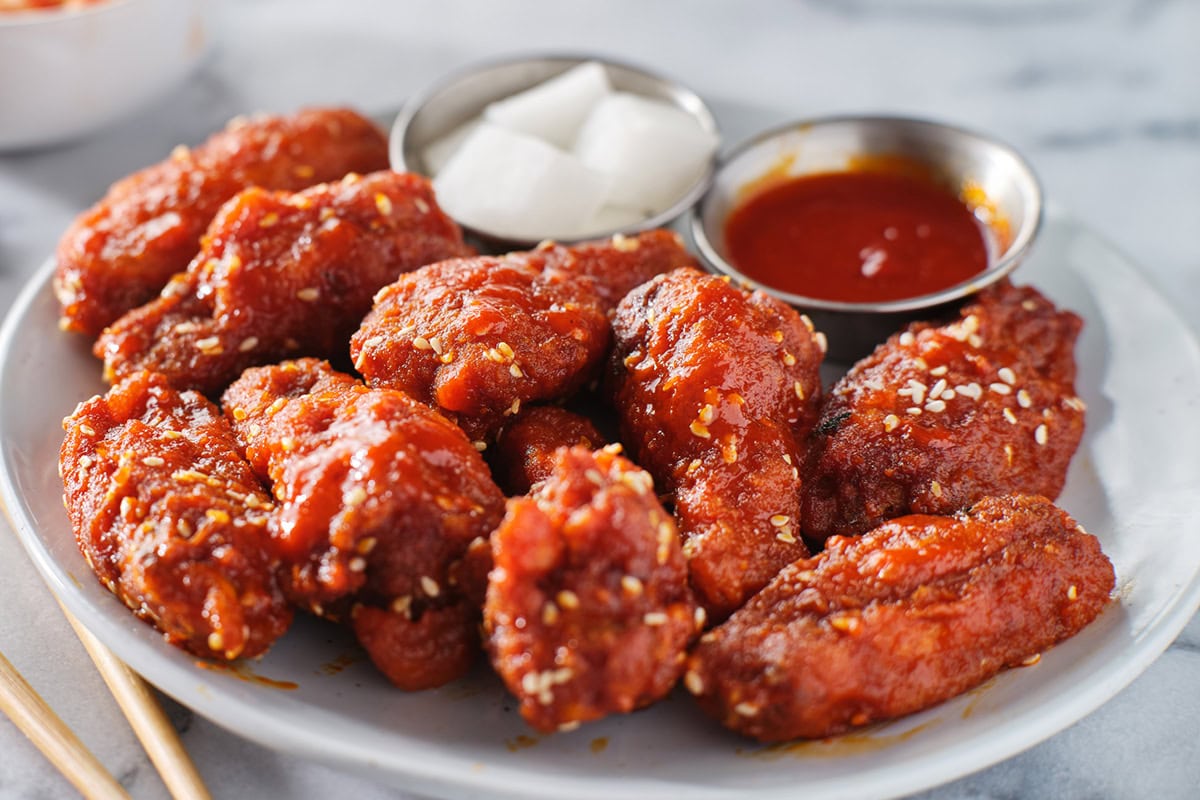
Want to Save This Recipe?
Enter your email & I’ll send it to your inbox. Plus, get great new recipes from me every week!
By submitting this form, you consent to receive emails from Cooked & Loved
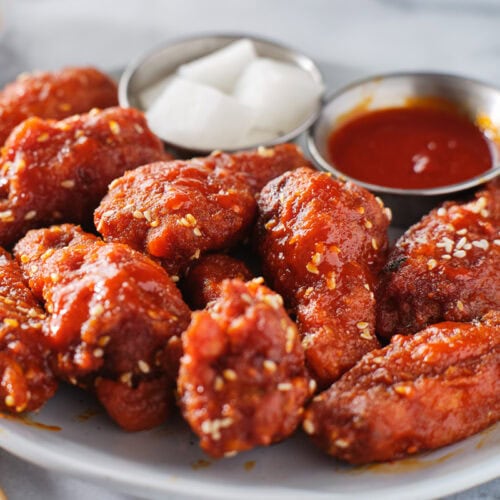
Here is a quick homemade recipe for multi-purpose Gochujang Sauce. This is what I love using on fried chicken or baked chicken wings and for stir-frying crispy tofu. Brush it over barbecued chicken, shrimp or beef kabobs.
-
In a mixing bowl, combine the gochujang, soy sauce, rice vinegar, honey (or brown sugar), sesame oil, minced garlic, and grated ginger (if using).
-
Stir well until all the ingredients are thoroughly combined.
-
If the sauce is too thick, you can thin it out by gradually adding water, one tablespoon at a time, until you reach your desired consistency.
-
Taste the sauce and adjust the seasoning if needed. You can add more soy sauce for saltiness, more honey or sugar for sweetness, or more gochujang for spiciness.
-
Once the sauce is well-balanced and to your liking, transfer it to a jar or airtight container for storage. Keep for up to 2 weeks in the refrigerator.
Calories: 50kcal | Carbohydrates: 7g | Protein: 1g | Fat: 2g | Saturated Fat: 0.3g | Polyunsaturated Fat: 1g | Monounsaturated Fat: 1g | Sodium: 338mg | Potassium: 61mg | Fiber: 0.1g | Sugar: 4g | Vitamin A: 23IU | Vitamin C: 2mg | Calcium: 6mg | Iron: 0.3mg
Gochujang Recipes
Due to its rise in popularity, gochujang is not only used in traditional Korean recipes. It can easily stand in for the main flavour in stir-fry sauce or a simple noodle dish. It’s even a key ingredient in one of the New York Times’ most popular cookie recipes (and it’s amazing — don’t knock it ‘til you try it!).
Meat Recipes
Get the recipe here
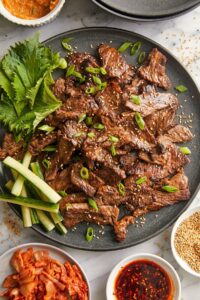
Get the recipe here
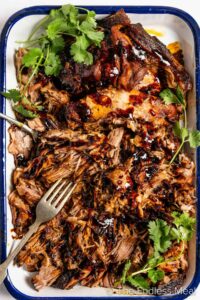
Get the recipe here
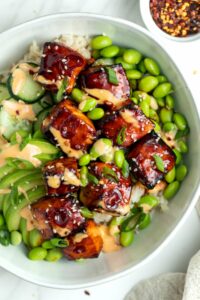
Get the recipe here
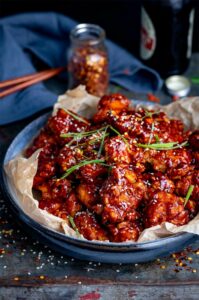
Get the recipe here

Noodles & Rice Recipes
This quick and easy kimchi fried rice with shrimp and vegetables is hearty and satiating. Packed with protein and fibre and with under 500 calories per serving, this Korean-style rice dish is also healthy and nutritious. Serve with a few sliced cucumbers or salad for a speedy lunch or dinner. Recipe on the blog.
Get the recipe here
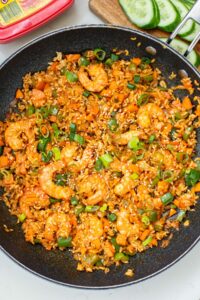
Get the recipe here
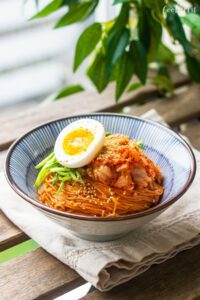
Get the recipe here
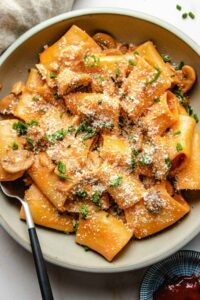
Get the recipe here

Get the recipe here
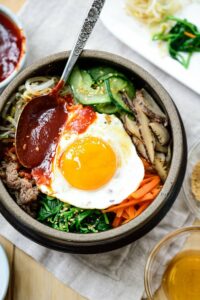
Get the recipe here
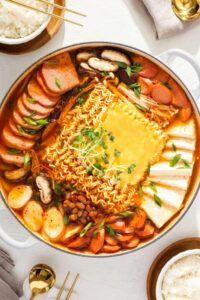
Get the recipe here
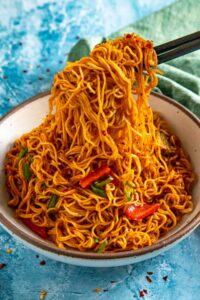
Meatless Main Courses

